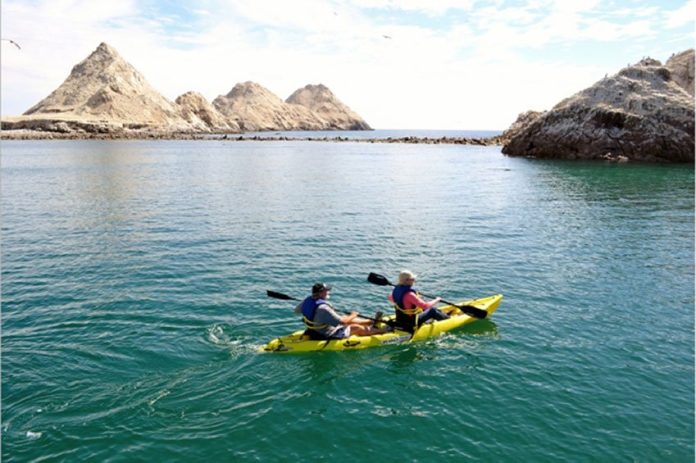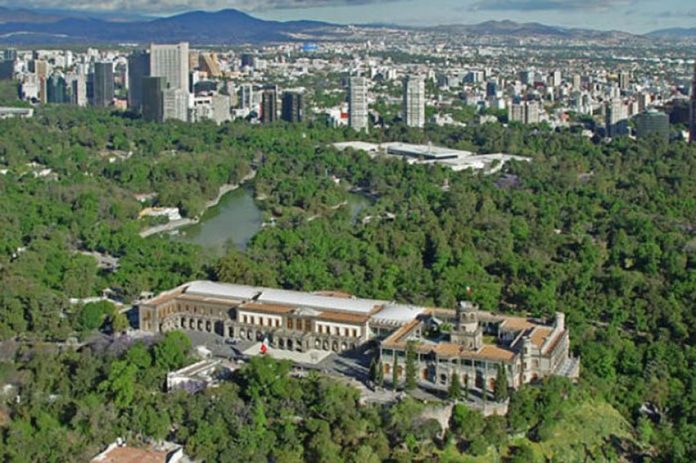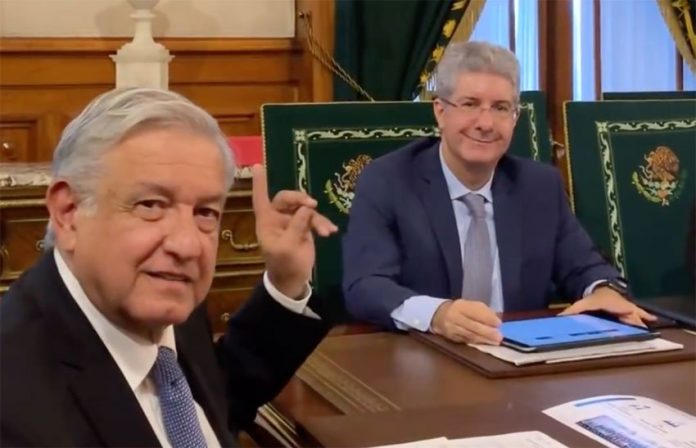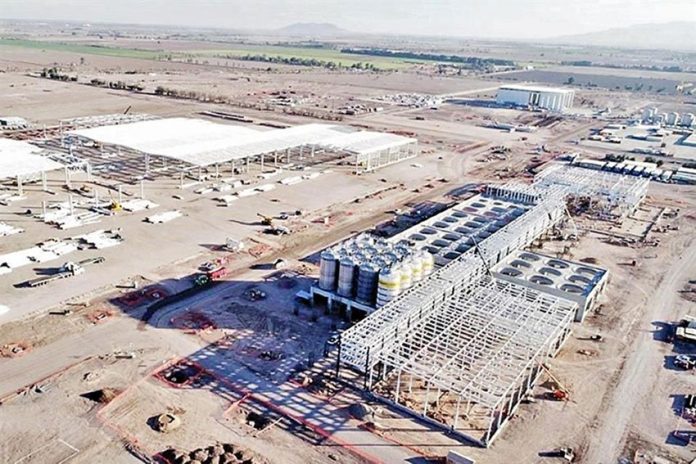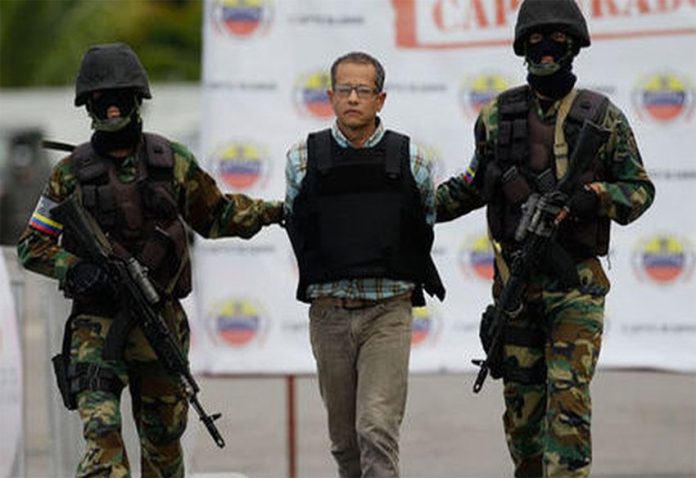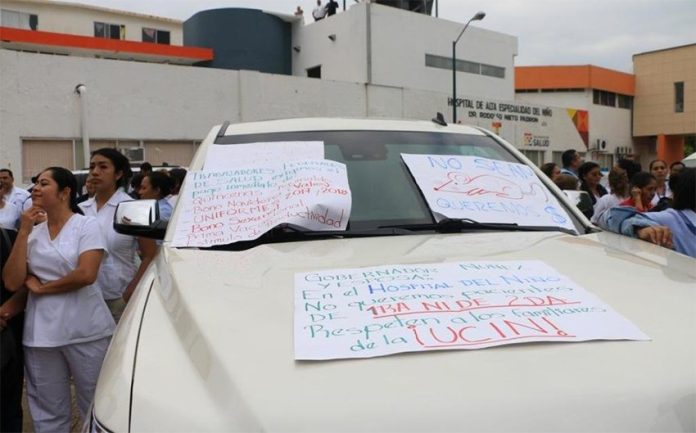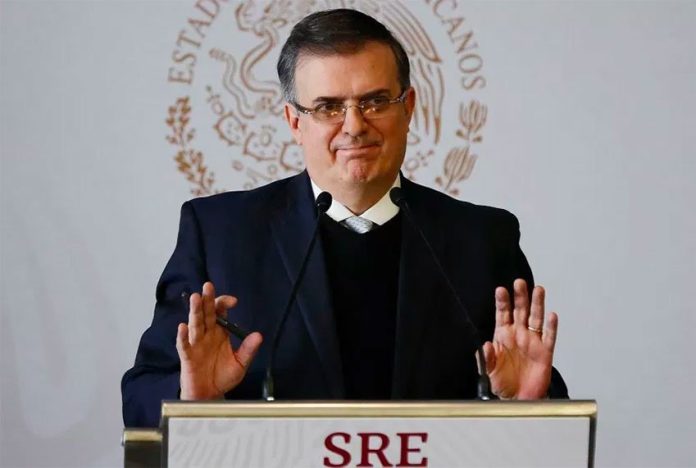The governments of Mexico and the United States have agreed to work together on a development plan in southern Mexico and Central America to curb migration.
The Secretariat of Foreign Affairs (SRE) and the United States Department of State issued a joint statement yesterday under the title “Mexico-United States Declaration of Principles on Economic Development and Cooperation in Southern Mexico and Central America,” which outlined both countries’ monetary contributions to the plan.
Mexico will invest US $25 billion in southern states over the next five years while the United States will contribute US $10.6 billion: $5.8 billion to the Northern Triangle (Guatemala, Honduras, El Salvador) of Central America and $4.8 billion to Mexico.
However, most of the United States funding is not new as it will be allocated from existing aid programs.
The Washington Post reported that “it appears the only new figure is the $4.5 billion in potential loans, loan guarantees and related services through OPIC,” which is the Overseas Private Investment Corporation, a U.S. federal government agency.
The new money the U.S. provides would have to be repaid, unlike traditional assistance provided through the United States Agency for International Development (USAID).
Announcing the new agreement in Mexico City, Foreign Affairs Secretary Marcelo Ebrard nevertheless said that “in sum, I think that this is good news, very good news for Mexico.”
He explained that Mexico’s US $25-billion five-year commitment, $5 billion less than the figure announced last week, would more than double the government’s current investment in southern Mexico.
Several migrant caravans have crossed Mexico’s southern border over the past two months, bringing thousands of Central Americans to the country, many of whom are now in Tijuana or other border cities waiting for an opportunity to request asylum with United States authorities.
Migration continues to be central to the Mexico-United States relationship but so far the personal relationship between President López Obrador and President Donald Trump doesn’t appear to have suffered as a consequence.
Trump reiterated on Twitter today that “Mexico is paying (indirectly) for the wall through the new USMCA,” referring to the new North American trade agreement that replaces NAFTA, but at his morning press conference López Obrador remained diplomatic, stating “we have no complaints about the United States government.”
Yesterday’s joint declaration, which The Post described as largely symbolic, “reflects the importance both countries attach to our bilateral relationship,” the respective governments said.
“The United States and Mexico today commit to strengthen and expand our bilateral cooperation to foster development and increase investment in southern Mexico and in Central America to create a zone of prosperity. Both countries recognize the strong links between promoting development and economic growth in southern Mexico and the success of promoting prosperity, good governance, and security in Central America,” the declaration said.
It added that “the United States and Mexico will lead in working with regional and international partners to build a more prosperous and secure Central America to address the underlying causes of migration, and so that citizens of the region can build better lives for themselves and their families at home.”
The U.S. funding for Mexico includes “committing $2 billion for suitable projects in southern Mexico,” the declaration said, adding that “the United States will seek to leverage public and private investment in Mexico and is exploring options of further investment in dialogue with the government of Mexico.”
A bilateral business summit that will seek to increase investment and business opportunities in southern Mexico and Central America will be held in the first quarter of next year, the SRE and Department of State said.
But will the joint development plan, and specifically the Trump administration’s contribution to it, ultimately succeed in stopping Central American migrants fleeing violence and poverty in their homelands and showing up on the United States’ doorstep?
Adam Isacson, director for defense oversight at the Washington Office on Latin America, is skeptical.
In a post on his personal website under the title “This isn’t an aid package,” Isacson writes that the only new U.S. money “is loans, not aid,” adding “it all has to be paid back.”
He continues: “And they’re loans to the private sector — which are not going to address root causes of mass migration from Central America. They won’t reform police, fight corruption, fix justice systems, or anything else that makes threatened people safer from gangs.
“Private sector loans are hugely unlikely to help struggling small farmers in the Northern Triangle’s countryside. (Unless they choose to leave the countryside and get low-wage jobs in OPIC-financed factories.) These loans will mainly help a tiny elite get wealthier in one of the most unequal regions on the planet.”
But this morning, after announcing again the money that both Mexico and the United States will invest in southern states and the Northern Triangle region, López Obrador expressed confidence that the plan would work.
“We celebrate it because it means confronting the migratory phenomenon by dealing with its causes. We have always said that people don’t leave their communities, don’t abandon their towns, their families out of pleasure. They do it out of necessity,” he said.
“If we manage to create work opportunities in the south with good incomes, if there is well-being . . . the problem of forced migration will be resolved.”
Source: El Financiero (sp), Milenio (sp), The Washington Post (en)
